INTRODUCTION
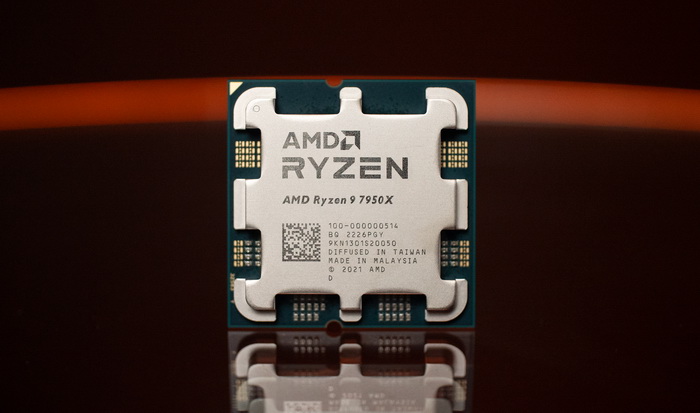
Regardless of whether you're an AMD or Intel fan competition between these two leading CPU manufacturers has always been a good thing, both in terms of pricing/costs and technological advancements. This has been particularly true for the past decade or so with AMD and Intel frequently exchanging spots as the one with the fastest gaming CPU (primarily based on single core performance). Two years ago, AMD unveiled their 5000 Series of Ryzen Zen 3 architecture CPUs which Intel successfully countered with their 12th generation of Core CPUs shortly after. As expected, AMD had already started working on a new series of desktop CPUs and so it was just a matter of time before they also countered back. Well, that day is now and so I'll be continuing my coverage of the brand new 7000 Series Zen 4 CPUs by AMD with the top of the line Ryzen 9 7950X.
For more than 50 years AMD has driven innovation in high-performance computing, graphics and visualization technologies. Billions of people, leading Fortune 500 businesses and cutting-edge scientific research institutions around the world rely on AMD technology daily to improve how they live, work and play. AMD employees are focused on building leadership high-performance and adaptive products that push the boundaries of what is possible.
Alongside the Ryzen 9 7950X which this review is all about today we also see the launch of the Ryzen 7 7600X, Ryzen 7 7700X (review here) and the Ryzen 9 7900X AM5 (codename Raphael) models with which AMD aims to win over gamers and professionals alike. According to AMD the new Ryzen 7000 Series (Zen 4) which is based on the LGA1718 socket boasts an +13% increase in instructions per cycle/clock (IPC) together with an increase of up to 800MHz in core clocks both of which translate to a single core performance boost of up to +29% compared to the previous 5000 Series (Zen 3) generation. Performance is not the only thing AMD has moved forward at however, power consumption has also been dramatically improved since Zen 4 CCDs (Core Complex Dies - 70mm2 size - 6.5 billion transistors) have moved to an 5nm process (6nm for the I/O Die - 122mm2 size - 3.4 billion transistors) resulting in a very appealing 40% average gain in performance-per-watt (AMD Eco Mode also allows you to manually reduce the TDP of the CPU via the BIOS or their Master software). The entire Ryzen 7000 line (Zen 4) also sports integrated RDNA2 graphics which sport 2 compute units, 4 Asynchronous Compute Engines (ACE) and 1 Hardware Scheduler (HWS) with support for both HDMI v2.1 (HFR/48Gbps FRL/DSC/HDR10+/VRR) and DisplayPort v2.0 (Adaptive Sync/DSC/UHBR10/HDR) outputs. AMD has also further tweaked their infinity fabric technology and so now instead of the 1:1:1 approach (FCLK/UCLK/MCLK) of the previous 5000 Series (Zen 3) the new 7000 Series (Zen 4) uses an auto:1:1 approach meaning that it keeps the memory controller with the RAM at an 1:1 ratio whereas Infinity Fabric is set between 1600-2000MHz. This ensures optimal cooperation between the new Zen 4 CPUs and DDR5 RAM, especially low-latency modules following the EXPO memory certification by AMD. The EXPO technology by AMD is similar to XMP but aside being licence and royalty free it's also optimized for the new Zen 4 CPU line (up to 11% gains in gaming). As for the Ryzen 7 7950X CPU this is a 16 core, 32 thread model with a maximum TDP of 170W (230W max socket power), 4.5GHz base clock, 5.7GHz max boost clock and a TjMax of 95 degrees Celsius (L2 cache is set at 16x1MB whereas L3 cache is set at 64MB). So, let's see if this extremely powerful desktop CPU should be on your to buy list.
SPECIFICATIONS AND FEATURES

PACKAGING AND CONTENTS
The boxed version of the Ryzen 9 7950X features a thick orange and brown box that has an opening at the front from where you can see the top of the CPU (lid).
A few words about the CPU and the 3-year limited warranty are printed at the rear.
The box opens up to reveal the CPU placed inside a clear plastic case.
Inside the box you'll find the 7000 Series Ryzen 9 7950X, case sticker and the installation instructions (i was hoping for more from such a thick box).
THE RYZEN 9 7950X
As mentioned in my Ryzen 7 7700X review the lid of the 7000 Series CPUs looks quite different/unique.
In the above picture you can see an exposed view (de-lidded) of a 7000 Series Zen 4 CPU.
Once again if you happen to be wondering whether or not thermal paste will fall into these gaps, it doesn’t.
AMD has finally moved away from having the pins on/beneath their CPUs and has adopted the same design as Intel (having bend pins on one of their CPUs in the past this is a yes from me).
As with my Ryzen 7 7700X review for testing the 7000 Series Ryzen 9 7950X I'll also be using the X670E TAICHI motherboard by ASRock.
The latest AM5 socket is virtually identical to the AM4 one so most CPU coolers in the market are already compatible (had no problem using the Celsius+ S36 Prisma with its AM4 bracket).
For this review I'll also be using the EXPO compatible Trident Z5 Neo DDR5 32GB 6000MHz CL30 kit by GSkill and the NFP425 2TB M.2 NVMe Gen 4 SSD by Neo Forza.
The HOF GeForce RTX 3080 Ti OC Labs Edition of course completes the system.
RYZEN MASTER SOFTWARE
The Ryzen Master software can be used both to monitor every possible aspect of your CPU and to increase/decrease its frequencies (and thus TDP/power consumption) and voltages, either manually or automatically. There's a similar menu in the bios of the ASRock X670E TAICHI but it's not quite as easy to use (AMD should be rolling the new version soon, perhaps even today). Now i didn't cover this software in my Ryzen 7 7700X review because i would probably never use it for that specific model but for the Ryzen 9 7950X it could actually come in handy for people who may want reduced power consumption.
TEST BED
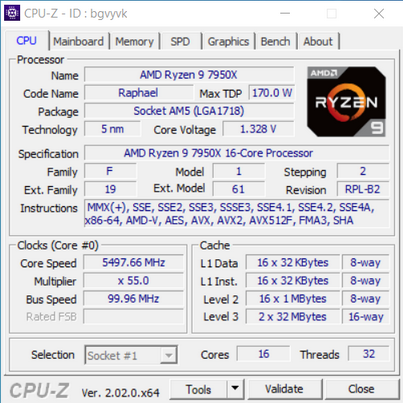

TESTING METHODOLOGY
To accurately test the performance of a CPU its clocks need to be set manually to a specific frequency/speed so to that end every model in my charts will be pushed near the maximum boost clock possible according to each manufacturer. I'll also try to use the same clocks and the same hardware configuration (motherboard, drive, memory, graphics card, cooler and power supply - even the same thermal paste will be used) when testing CPU models from the same series and as for operating system since till this day Windows 10 is still far more popular among consumers than Windows 11 I’ll be using a fresh Windows 10 Pro installation fully updated up to the day i begin my tests. Needless to say, the latest bios and drivers will be installed prior to recording my results.
As for the tests themselves they include the latest versions of both popular synthetic benchmarks and games. For synthetic benchmarks I’ll be using UL 3DMark Professional (Time Spy & CPU Profile), Maxon Cinebench, CPUID CPU-Z, Passmark Performance Test, Sisoftware Sandra Titanium and ASUS RealBench and as for games I’ll be using Horizon Zero Dawn Complete Edition by Guerrilla Games, F1 2022 by Codemasters and Forza Horizon 5 by Xbox Game Studios (time spy and games will be run at 1080p resolution with max settings). Each test will be repeated a total of 3 times and then the average numbers will get recorded in the charts. Also, since I’m positive many consumers and professionals alike would like to know I’ll also be using AIDA64 (stability test), CPU-Z (stress test) and HWMonitor to record the minimum and maximum temperatures and power consumption both at idle and after 5 minutes of heavy stress load (needless to say the cooler used will be set at 100% speed/performance – these results are only valid for the set clocks, if boost clocks climb even higher you can expect higher power consumption and temperatures).
TEST RESULTS - 3DMARK / CINEBENCH
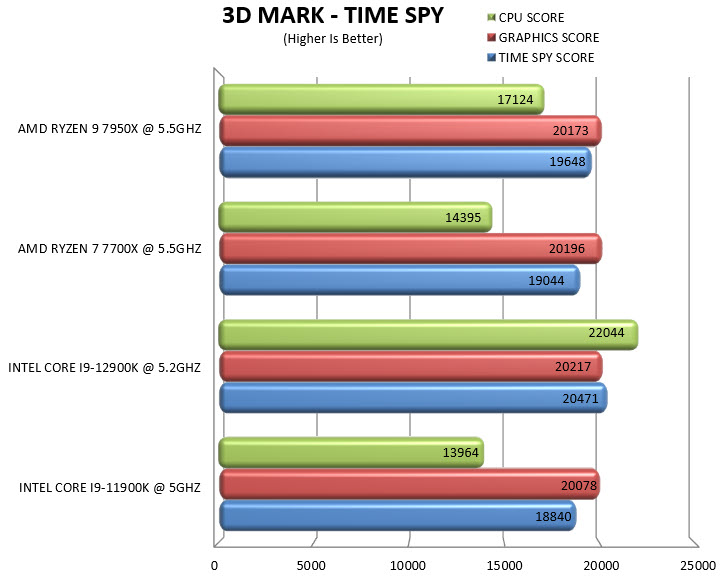


TEST RESULTS - CPUZ / PERFORMANCE TEST
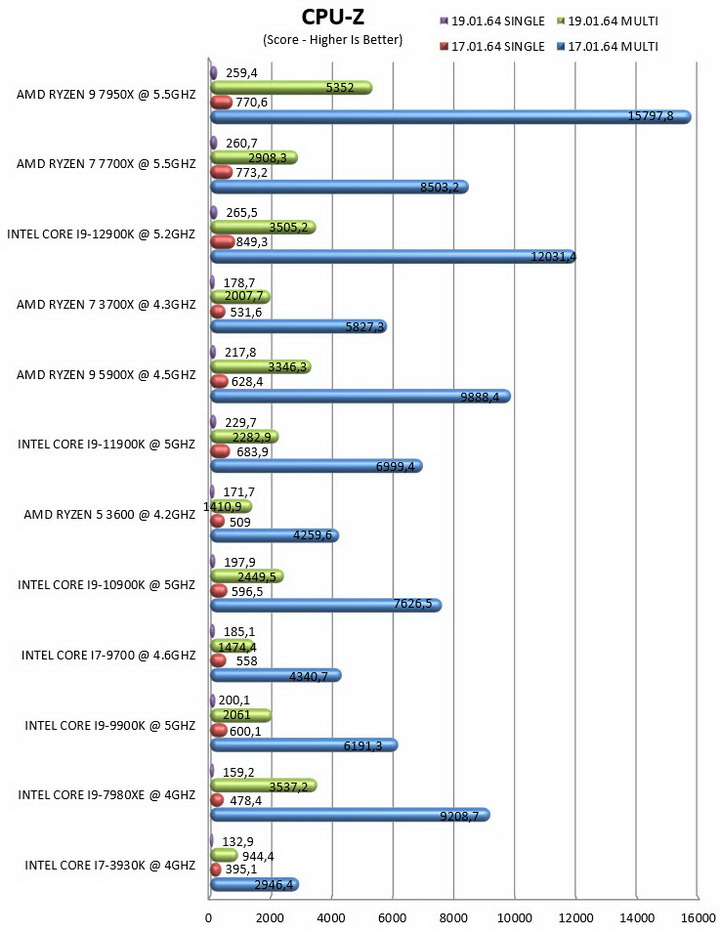

TEST RESULTS - SANDRA TITANIUM / REALBENCH



TEST RESULTS - HORIZON ZERO DAWN COMPLETE EDITION / F1 2022 / FORZA HORIZON 5



TEST RESULTS - TEMPERATURES / POWER CONSUMPTION
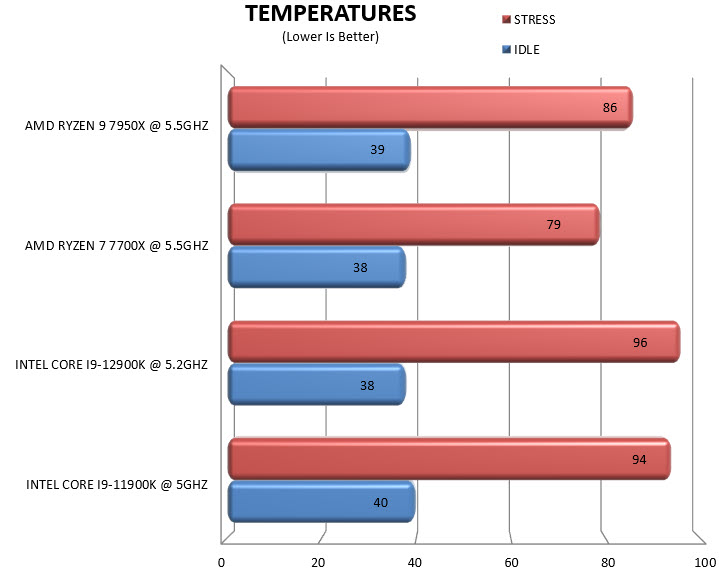

CONCLUSION
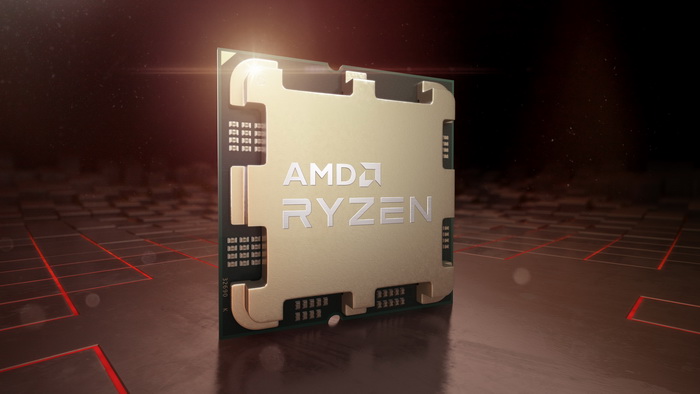
When i first checked the specifications of the new 7000 series flagship model the Ryzen 9 7950X i didn’t know quite what to expect in regards to how it’d do against the Core I9-12900K by Intel. Still, there’s a time gap of almost 1 full year between the release of those two processors and so the obvious conclusion was that AMD had in fact managed to surpass it and i was right, at least for the most part (in some benchmarks the 12900K still comes up on top). Having also used the Ryzen 9 5950X for a few days in the past i have to admit that the Ryzen 9 7950X is on a whole new level from attainable clocks (you can easily hit 700-900MHz more on each core now – top boost clock recorded purely out of curiosity was 5643MHz) to power consumption and even thermals. With electricity costs skyrocketing all over the world this model could also benefit quite a bit from the Ryzen Master software or the bios settings of your motherboard (16 cores even running at lower MHz could still surpass the previous generation in performance). Also, it may have taken them a while but AMD finally transitioned to a pin-less design for their processors making our lives much easier (you could never be too careful with their CPUs).
The 7000 Series Zen 4 CPUs by AMD will be made widely available tomorrow and so once again i can currently only share the MSRP (manufacturer suggested retail price) for the Ryzen 9 7950X which is set at USD699/699Euros. The only drawback i can find in regards to the Ryzen 9 7950X (if i can even call it a drawback) is the imminent launch (late October) of Intel’s 13th generation of processors which includes the 24 core (16 big cores and 8 small ones) 32 thread Core I9-13900K model which should be priced for around the same amount (slightly more actually, always according to rumours). That being said based on its published specifications i do expect the Ryzen 9 7950X to easily hold its ground against it and in the end that’s all that matters if you’re a potential buyer. All said and done the Ryzen 9 7950X is a real powerhouse aimed for demanding enthusiasts and professionals and that's why it gets the Platinum Award.

PROS
- Impressive Performance (16 Cores / 32 Threads)
- Top Clocks (5600MHz+)
- EXPO DDR5 RAM (Low Latencies / Compatibility)
- Temperatures (Thermals) / Power Consumption (TDP)
- Integrated RDNA 2 Radeon Graphics
- Ryzen Master Software (Overclocking / Reduced Power Consumption)
- Pin Less Design
- AM5 Socket (Same As AM4)
CONS
- Imminent Launch Of Intel’s 13th Gen CPUs

 O-Sense
O-Sense














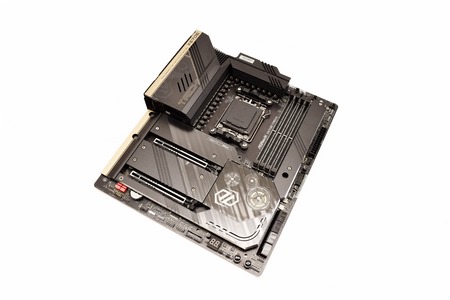














.png)

